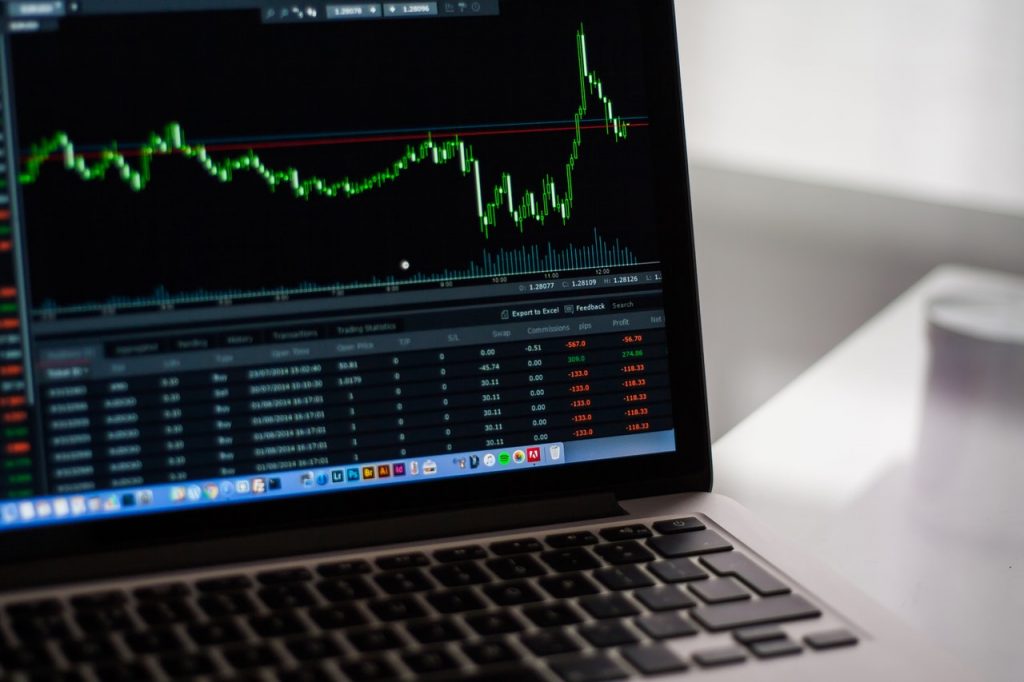The new bond investor usually has only a basic understanding of bonds. It is a form of debt taken by corporates or governments and is considered to be a relatively stable investment option which offers regular, fixed returns. However, there is little knowledge regarding the pricing and performance of bonds.
We’ve tried to give you a simple explanation of the factors impacting bond market
There are two types of Bond Pricing:
- The first is the face value of the bond or the initial price of the bond, which is set at the time the bond is issued in the market. An investor will get this amount back in full at the time of maturity. The only instance of non-payment is if the bond issuing company claims bankruptcy.
- The second is the bond’s trading price in the secondary markets. Bonds are traded for a percentage of its face value in the secondary market. For example, if the face value of a bond is Rs 1000 and it’s trading at Rs 990, then the bond price in the secondary market is quoted as 99. Similarly, if the bond is trading higher than the face value of Rs 1010, then the price is quoted as 101.
Some factors impacting bond market are:
Investors who plan to hold their bonds till maturity don’t need to track market value as they will get the principal and interest on maturity. However, if investors plan to sell their securities before maturity, then the market value matters. Some of the factors that affect market value are listed below:
1. Prevailing Interest Rate
The market price of a bond varies depending on the value of the coupon rate in comparison to the broader interest rates. For example, if the coupon rate of a bond is 6% and the prevailing market interest rates rise to 7%, then the price of the bond falls and vice versa.
2. Bond Ratings
Bond issuing companies are given a credit rating by credit rating agencies considering several financial factors, including the company’s P&L reports, past performance and repayment history. CRISIL, SEBI, CARE are some such rating agencies. If a company’s rating is downgraded, this affects the market value of that company’s bond prices.
3.Age of the Bond
Market fluctuations in bond prices stabilise closer to the face value as the maturity date nears. This is because the investors gets the face value of the bond on maturity, irrespective of market factors. It is very important that an investor considers the date of maturity while investing in the secondary market.
Conclusion
This is just a simple overview of how bonds perform in the secondary market. There are many more factors and market conditions that come into play that decides the market value of bonds. So, an investor should make a decision only after studying all these aspects in detail.







1 comment
Thanks, Please explain in more details for date of maturity. when will we need to consider and what are the factor may apply?
Comments are closed.